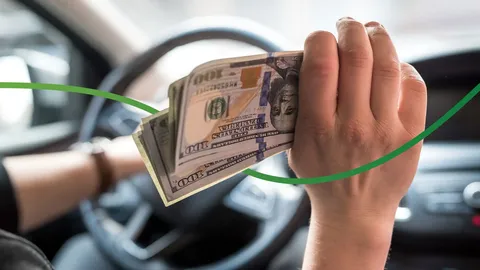Save Big with EV Incentives
New plug-in hybrid and all-electric vehicles are expensive. Luckily, there are many incentives when purchasing a new EV and they can mean big savings for you. The federal tax credit alone could allow you to get up to $7,500. State incentives could get you another $2,500. That’s ten grand off the cost of your new EV!
As you may be aware, the federal government in the United States gives you tax credit when you purchase a plug-in hybrid or all-electric car. You can take up to $7,500 off the cost of the vehicle just from this one tax credit alone. There are state and local incentives and rebates that you can add to your savings. However, how much you can get from the feds depends on a number of variables. To find out which specific incentives and dollar amounts you qualify for on an electric vehicle, check out our EV Incentives Tool right here on GreenCars.
Things to Know
In August 2022, Congress passed new legislation – the Inflation Reduction Act of 2022 – which changes credit amounts and eligibility requirements for clean energy vehicles, including electric vehicles and plug-in hybrids.
Under the new provisions, up to $7,500 is available for new electric vehicles , and there is now a credit of up to $4,000 for used electric vehicles, which can make buying an EV even more affordable for some drivers. However, price caps are in place: passenger cars priced at over $55,000 and vans, trucks, and SUVs priced at over $80,000 are no longer eligible for credits.
Under the new Act, only vehicles whose final assembly is completed in North America qualify for clean energy vehicle credits. This means that many vehicles that previously qualified for clean energy incentives are no longer eligible.
Further complicating the issue is that some models are built in multiple locations, meaning some vehicles of the same nameplate meet the final assembly requirement, while others do not. The Department of Energy has a list of model year 2022 and early model year 2023 electric vehicles that may meet the final assembly requirement here (https://afdc.energy.gov/laws/inflation-reduction-act).
The Details
Other conditions you should know about the federal tax credit for EVs is that it is not available to an electric vehicle that is being purchased strictly for resale. The vehicle must be primarily used in the United States. Plug-in and all-electric vehicles must be built by qualified manufacturers and the EV tax credit cannot be passed on to a secondary buyer. The vehicle must have battery packs that are rated for at least 4-kHw of energy storage and must be capable of being recharged from an external source. And lastly, the IRS reserves the right to reject a claim for an EV tax credit because, well… they are the IRS.
There are also dozens of state and regional incentives for plug-in hybrid and all-electric vehicles. Many states have at least a dozen programs, though many only apply to businesses that are going green. Some credits include exemptions from fees and inspections, or for carpool lane access, free parking, reduced vehicle taxes and lower registration fees.
California is leading the country in EV acceptance. For anyone buying or leasing a new EV, the Clean Fuel Reward may also be available under California’s Clean Fuel Reward program. Even Hydrogen Fuel Cell vehicles qualify for incentive in some states.
















